We've found 1000 matches for your search. Order by
Results
-
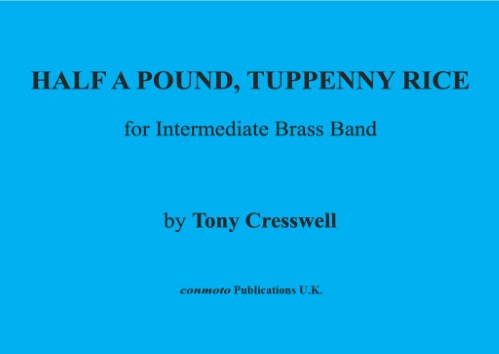 £27.50
£27.50HALF A POUND TUPPENNY RICE (score & parts) - Anonymous
Also contains orchestral brass parts.
In Stock: Estimated dispatch 1-3 working days
-
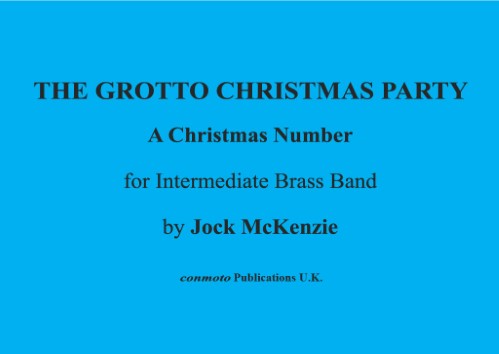 £8.50
£8.50THE GROTTO CHRISTMAS PARTY (score) - McKenzie, Jock
Also contains parts for orchestral brass.
In Stock: Estimated dispatch 1-3 working days
-
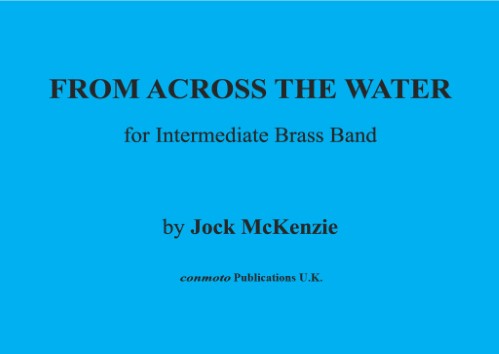 £42.50
£42.50FROM ACROSS THE WATER (score & parts) - McKenzie, Jock
Also contains parts for orchestral brass.
In Stock: Estimated dispatch 1-3 working days
-
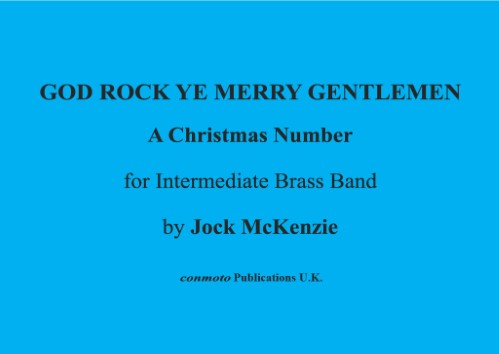 £8.50
£8.50GOD ROCK YE MERRY GENTLEMEN (score) - McKenzie, Jock
Also contains parts for orchestral brass.
In Stock: Estimated dispatch 1-3 working days
-
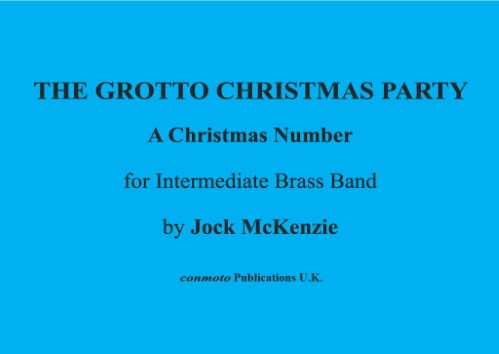 £27.50
£27.50THE GROTTO CHRISTMAS PARTY (score & parts) - McKenzie, Jock
Also contains parts for orchestral brass.
In Stock: Estimated dispatch 1-3 working days
-
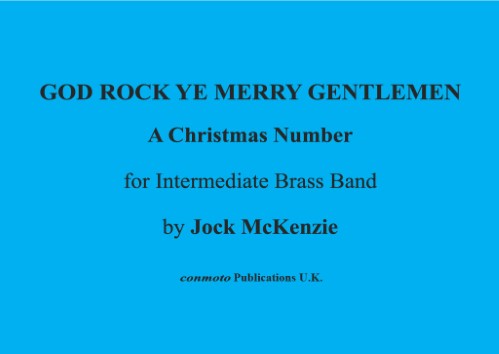 £27.50
£27.50GOD ROCK YE MERRY GENTLEMEN (score & parts) - McKenzie, Jock
Also contains parts for orchestral brass.
In Stock: Estimated dispatch 1-3 working days
-
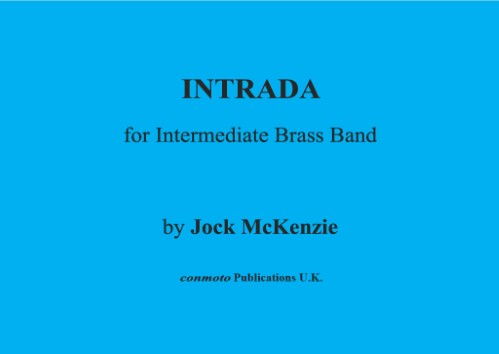 £8.50
£8.50INTRADA (score) - McKenzie, Jock
There is a link to a you tube video. Also contains parts for orchestral brass.
In Stock: Estimated dispatch 1-3 working days
-
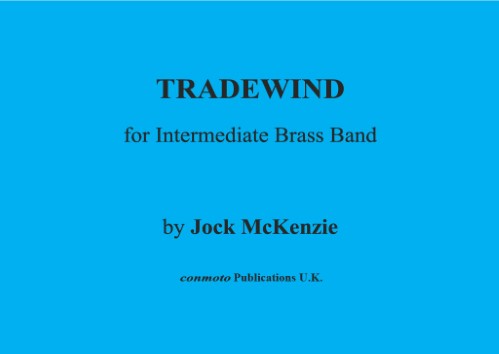 £11.50
£11.50TRADEWIND (score) - McKenzie, Jock
There is a link to a you tube video. Also contains parts for orchestral brass.
In Stock: Estimated dispatch 1-3 working days
-
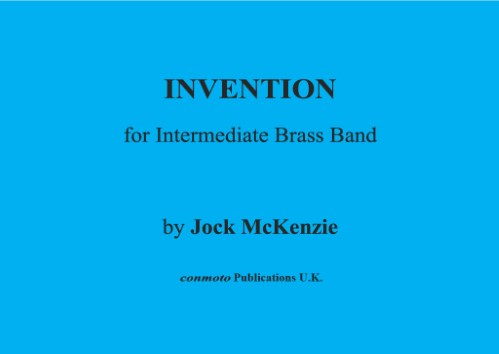 £8.50
£8.50INVENTION (score) - McKenzie, Jock
There is a link to a you tube video. Also contains parts for orchestral brass.
In Stock: Estimated dispatch 1-3 working days
-
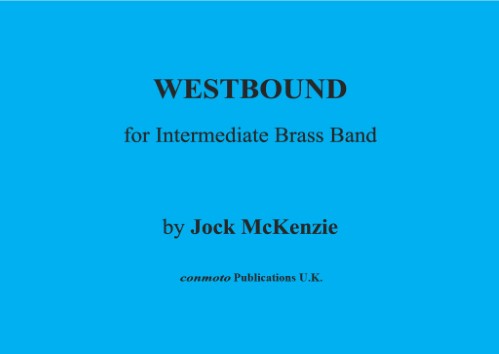 £8.50
£8.50WESTBOUND (score) - McKenzie, Jock
There is a link to a you tube video. Also contains parts for orchestral brass.
In Stock: Estimated dispatch 1-3 working days
